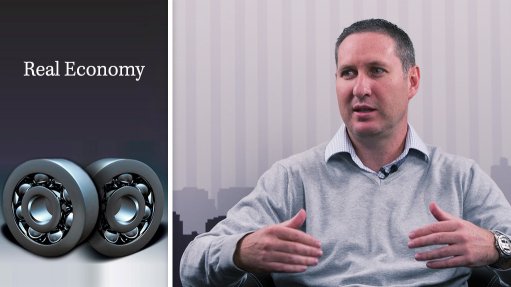
The trade-off currently being considered in the steel industry is relatively straightforward. The country’s largest steel producer, supported by some smaller companies, is seeking greater protection from steel imports, as well as regulations stipulating that locally made steel be used in public infrastructure projects. In return, ArcelorMittal South Africa (AMSA) would subject itself to a new “fair” pricing model and would make investment and employment commitments.
A panel of steel-industry experts established by Economic Development Minister Ebrahim Patel has been deliberating on the proposed model to replace the controversial import-parity-pricing (IPP) methodology hitherto used by AMSA. The IPP model has been a major bone of contention between government and the industry for over a decade, with government arguing that the group’s approach has resulted in domestic consumers paying prices that were in the highest quartile globally.
Government feels particularly aggrieved, as it believes AMSA failed to live up to a 2001 committed to extend so-called ‘developmental steel prices’ to downstream domestic consumers. It has argued that such an arrangement was a clear condition of the Iscor unbundling, which guaranteed AMSA cost-plus access to 6.25-million tons a year of iron-ore mined by Kumba (a subcomponent of the unbundling deal that itself became the subject of a high-profile legal contest, which eventually made it all the way to the Constitutional Court).
But, as conditions have deteriorated for steel, AMSA has been making a concerted effort to mend relations with government, which now holds many of the keys to its immediate sustainability. For instance, Trade and Industry Minister Dr Rob Davies will be the one who will decided what to do with the International Trade Administration Commission of South Africa’s recommendations regarding the industry’s application for an increase in customs duties from 0% to 10%.
The Department of Trade and Industry has already indicated that government will support the application, in light of the parlous state of the industry, which is facing intense import competition amid weak domestic and international demand.
The current oversupply situation has resulted in global steel prices falling to multidecade lows, while imports into South Africa have risen to between 30% and 40% this year. In addition, domestic market demand is expected to remain flat at around five-million tons in 2015, which is below the 5.4-million tons consumed in 2013.
Government is sensitive to this reality, not least because of developments at Evraz Highveld, which is currently in business rescue. It will, nevertheless, insist on reciprocity, particularly in the area of pricing.
AMSA CEO Paul O’Flaherty has stressed that the application of tariff protection to the “bound” rate allowed for by the World Trade Organisation will not automatically result in a commensurate rise in domestic prices. Instead, he says it will reduce opportunistic importation into a market that was vulnerable, owing to the fact that there was currently no protection in place.
He also emphasises that protection is but one component of a larger package of measures that will seek to balance the sustainability of steel producers with government development plans.
It is now up to government to determine whether the trade- offs offered are not only fair but also enforceable, with the last attempt to introduce developmental steel prices having failed primarily because the arrangement was unenforceable.